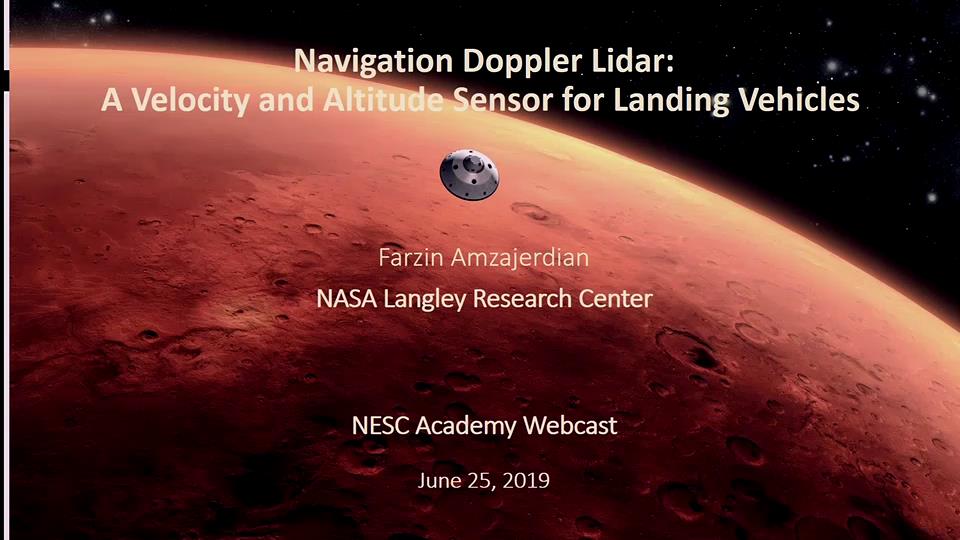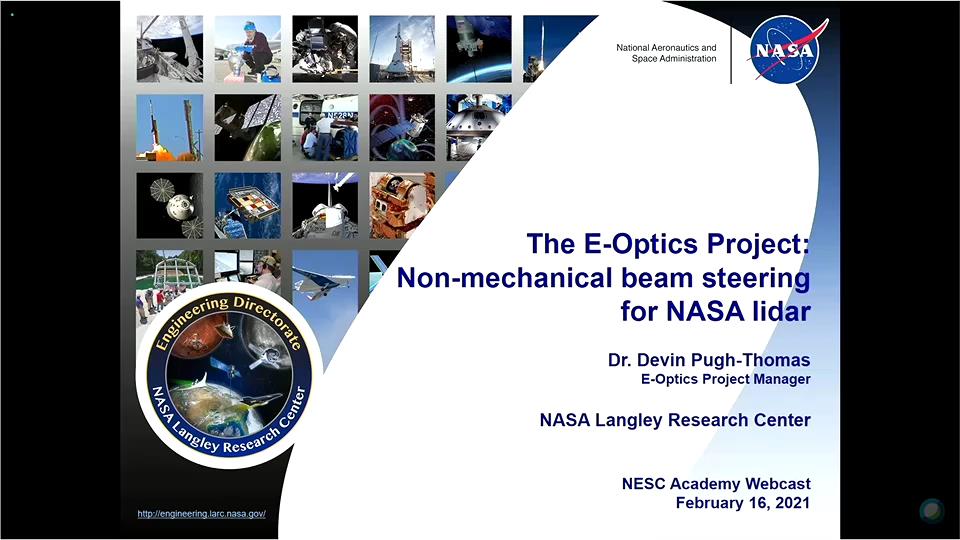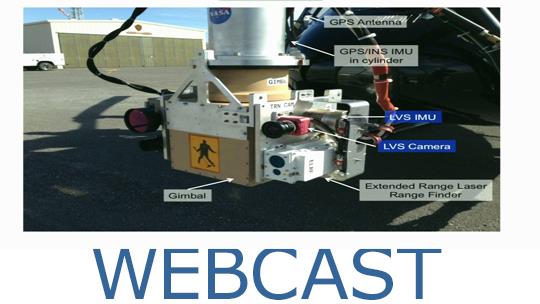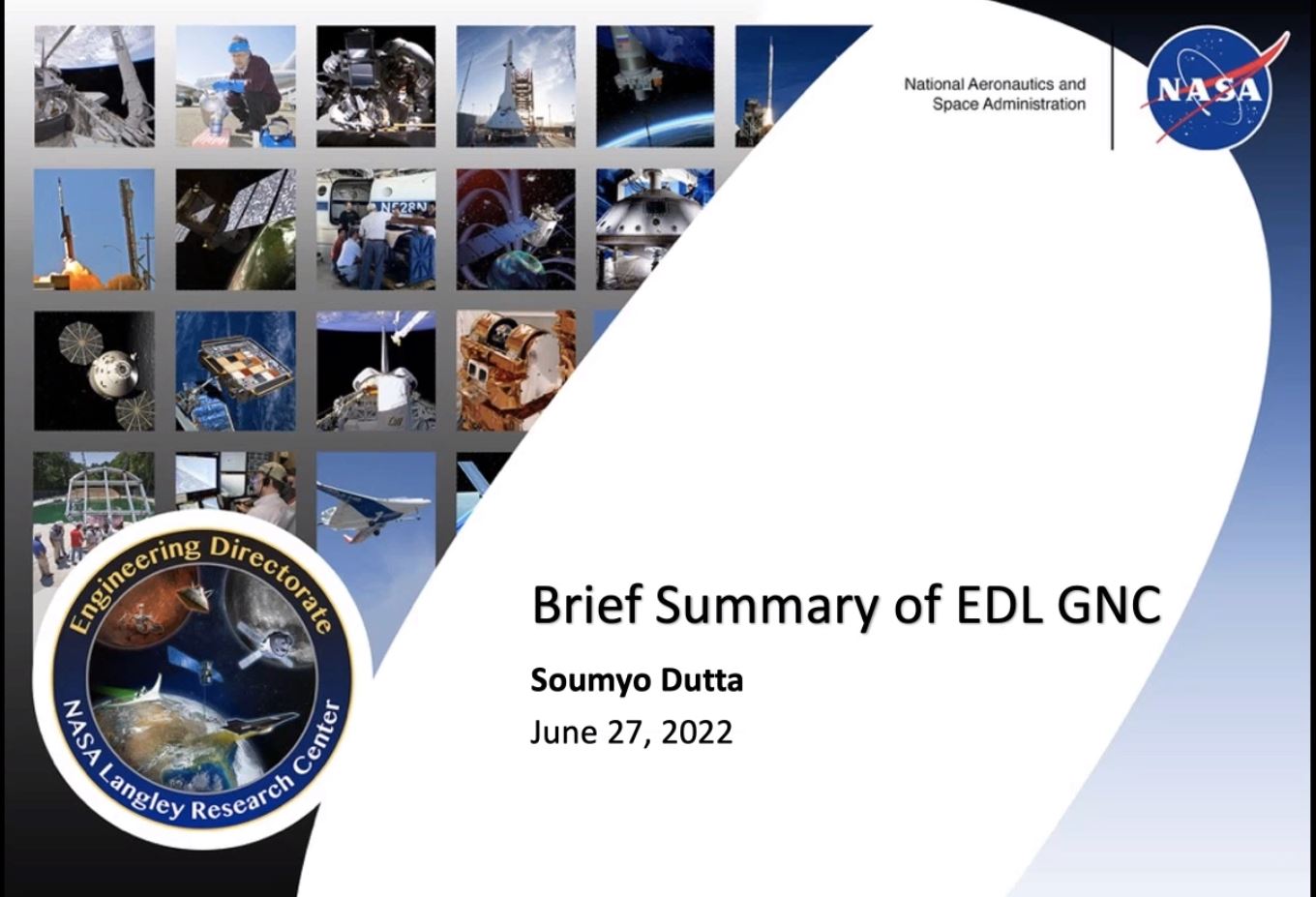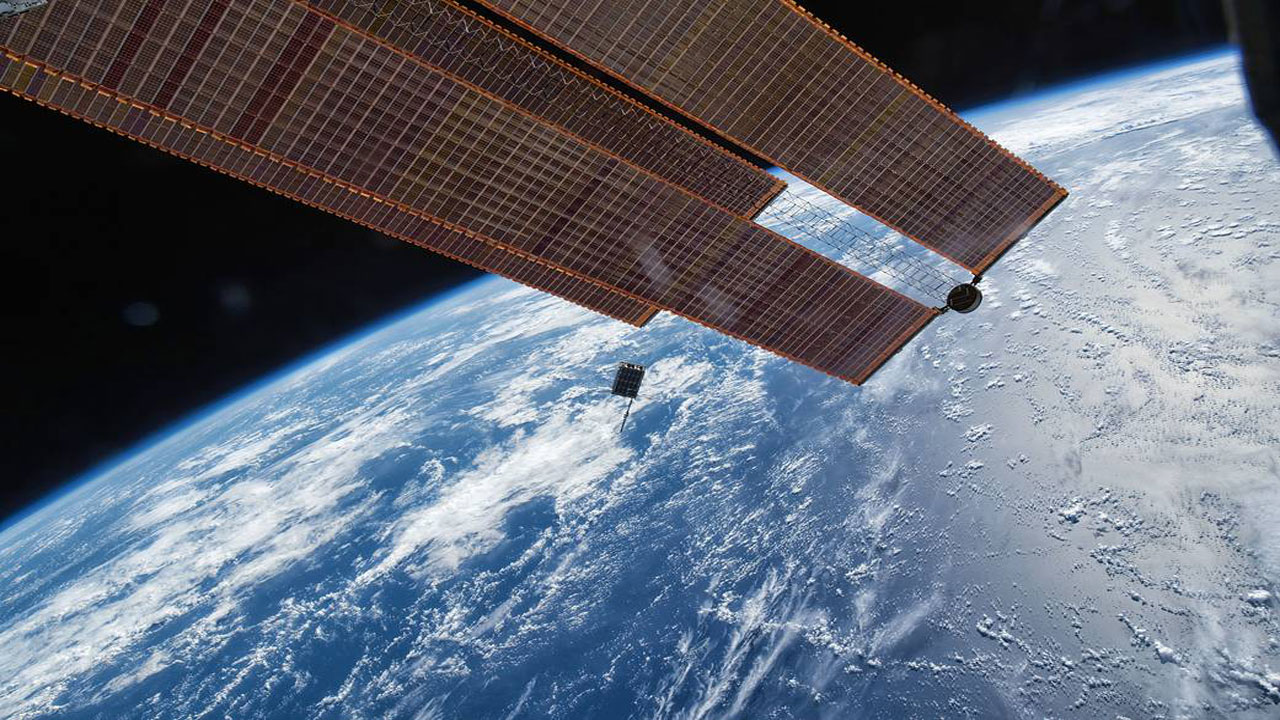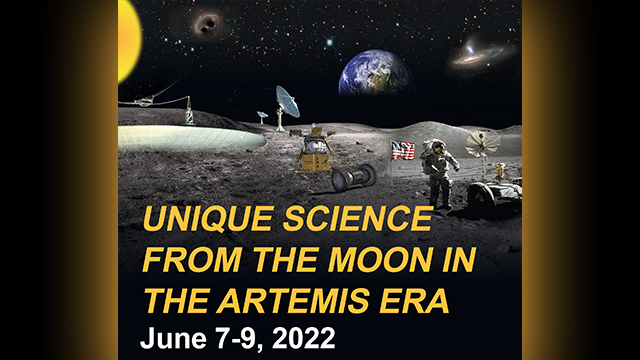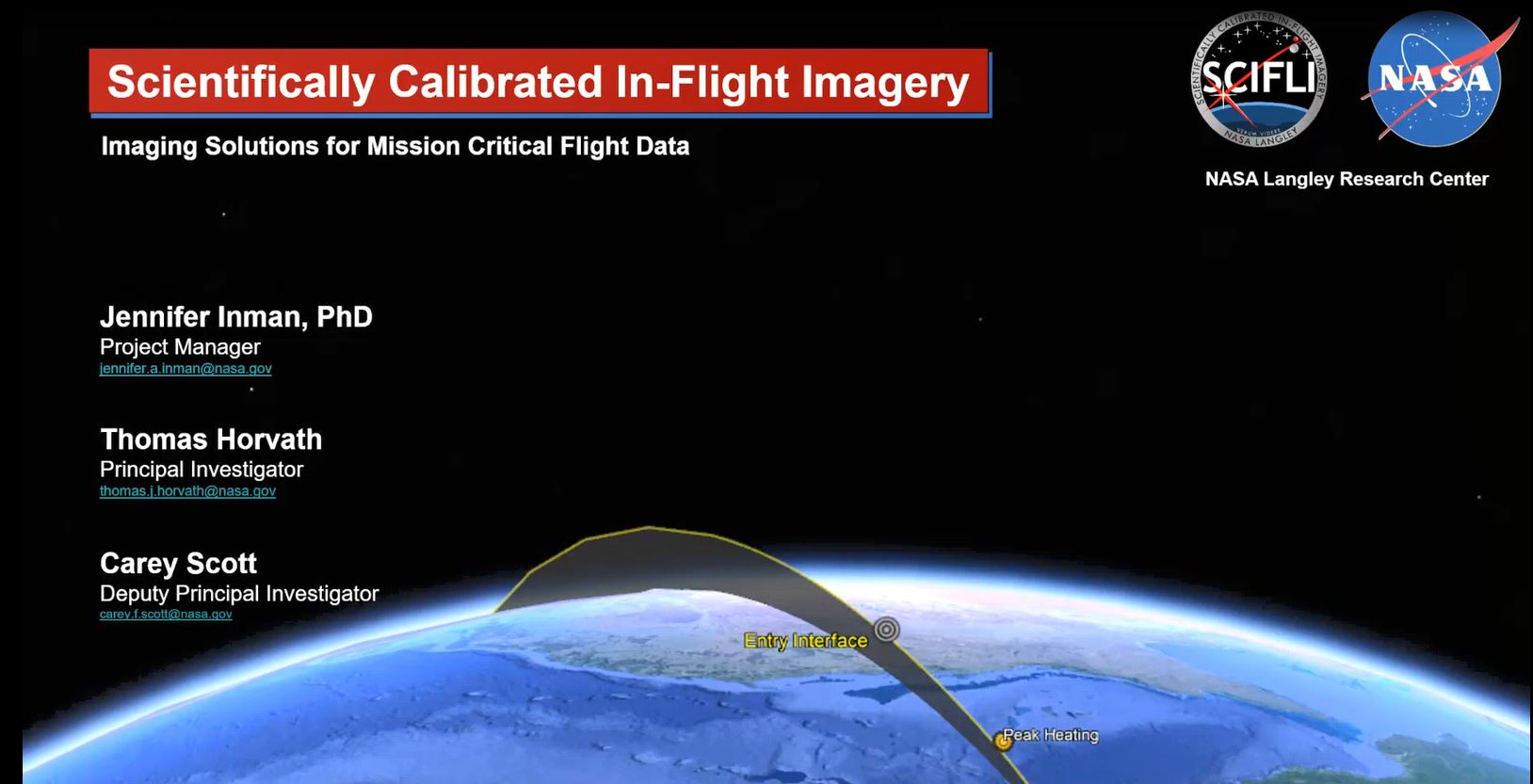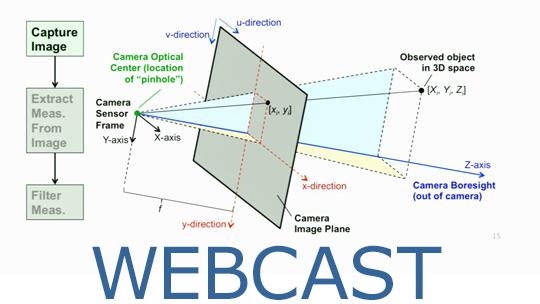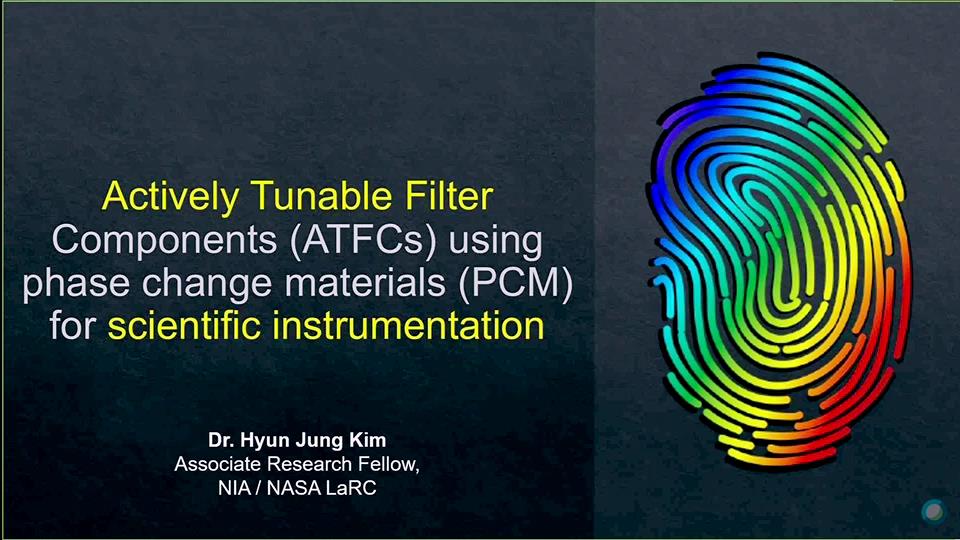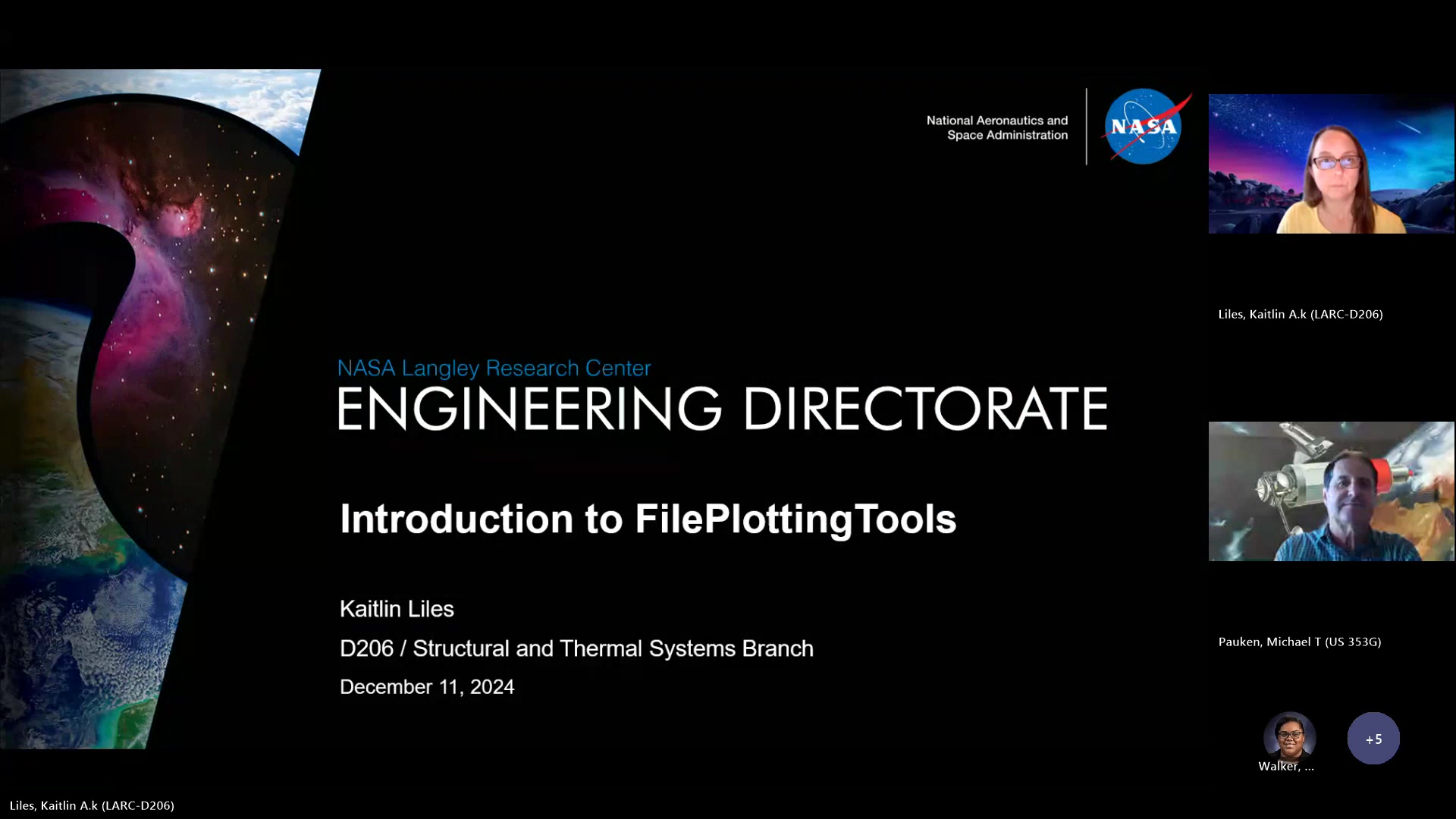Lidar for NASA Applications
Lidar (light detection and ranging) is a sensing modality that has applications across NASA, such as global terrain mapping, global wind sounding, trace gas mapping, and precision landing. These lidar systems rely on laser transmitters to generate light, and photodetectors to receive the return signal. An example of a recent success, noted in the popular press, is ICESAT-2, which is an instrument used to map Earth’s ice sheets in the polar regions by transmitting short pulses, on the order of a few ns, and measuring the range to the surface by the round-trip time-of-flight of the return photons. The strengths of lidars compared with other sensing modalities are generally high vertical resolution, day and night measurements (as compared with passive optical remote sensing), precision, and specificity (for sensing molecular species). However, lidar systems, particularly for the Earth science applications, have been viewed as risky, immature, and limited – this view primarily driven by the state of laser technology for space missions. This webinar will present an overview of lidars and their NASA applications and then focus on a specific example, global, high-resolution, water-vapor concentration measurements, which has been of interest for over three decades. The main stumbling block for space-based water vapor lidar has been the laser transmitter technology; new developments are bringing hope that this stumbling block can be removed.
